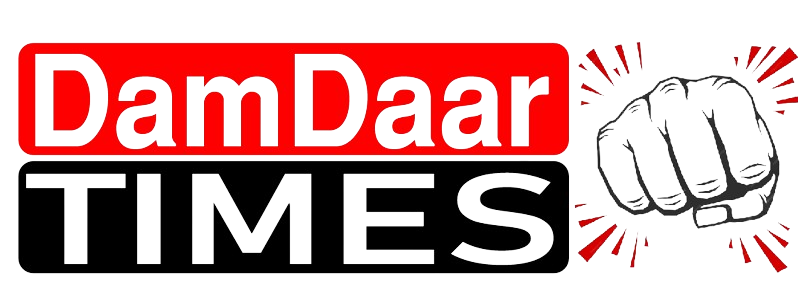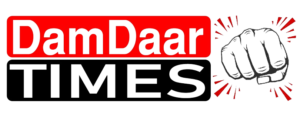Introduction
A. The Beard Trend
In recent years, sporting a beard has become more than just a fashion statement; it’s a symbol of masculinity and personal style. Growing a beard, however, is not as simple as letting facial hair grow unchecked. This comprehensive guide will delve into the intricacies of how to grow a beard easily, covering essential tips, common challenges, and the key to maintaining a healthy and stylish beard.
II. Understanding the Beard Growth Process
A. Hair Growth Cycles
Understanding the hair growth cycle is crucial. The process involves three phases: anagen (growth), catagen (transition), and telogen (resting). Knowing these phases helps set realistic expectations for beard growth.
B. Genetic Factors
Genetics play a significant role in determining beard growth patterns. While you can’t change your genetics, understanding them can help tailor your beard-growing approach.
III. Preparing for the Beard Journey
A. Commitment and Patience
Growing a beard requires commitment and patience. Results may take weeks or even months, and it’s essential to embrace the journey.
B. Skin Care Routine
A healthy beard starts with healthy skin. Establishing a skincare routine, including cleansing and moisturizing, sets the foundation for optimal beard growth.
C. Balanced Diet
Nutrition influences hair growth. A diet rich in vitamins and minerals, especially B-vitamins, contributes to healthier and faster beard growth.
D. Exercise and Hydration
Regular exercise and staying hydrated positively impact overall health, which reflects in the quality of your beard.
IV. Beard Growth Tips
A. Regular Trimming
Contrary to popular belief, trimming your beard regularly promotes growth. It prevents split ends and keeps the beard looking neat.
B. Proper Washing and Conditioning
Maintaining cleanliness is crucial. Use a mild beard shampoo and conditioner to keep the hair and skin hydrated.
C. Brushing and Combing
Brushing and combing help distribute natural oils, prevent tangles, and stimulate blood flow, promoting healthy beard growth.
D. Avoiding Stress
Stress can impact hair growth. Incorporating stress-relief activities into your routine benefits not only your beard but your overall well-being.
V. Common Beard Growth Challenges
A. Patchiness
Many men face the challenge of a patchy beard. Patience, proper care, and strategic styling can address patchiness.
B. Itchiness
New beard growth can be itchy. Regular washing, moisturizing, and using beard oil can alleviate itching.
C. Ingrown Hairs
Ingrown hairs are common, but proper exfoliation and grooming techniques can minimize their occurrence.
D. Slow Growth
Some individuals experience slower beard growth. Adopting a healthy lifestyle and being consistent with grooming practices can help accelerate growth.
VI. Styling Your Beard
A. Choosing a Beard Style
Selecting a beard style that complements your face shape enhances your overall appearance. Experiment with different styles to find the one that suits you best.
B. Shaping and Trimming Techniques
Mastering shaping and trimming techniques ensures your beard stays well-groomed and suits your desired style.
C. Beard Products
Investing in quality beard products, such as beard oil, balm, and wax, enhances the overall look and health of your beard.
VII. Maintaining Beard Hygiene
A. Washing Frequency
Determine a suitable washing frequency based on your skin type and activities. Overwashing can strip the beard of natural oils, affecting its health.
B. Moisturizing
Regular moisturizing prevents dryness and maintains the softness of your beard. Choose products with natural ingredients for optimal results.
C. Beard Dandruff Prevention
Beard dandruff, or “beardruff,” is preventable with proper cleansing, moisturizing, and exfoliation.
VIII. Embracing Your Beard Journey
A. Confidence Boost
A well-groomed beard boosts confidence and self-esteem. Embrace your beard journey with pride, and let your personality shine through.
B. Seeking Professional Advice
If faced with persistent challenges or specific beard-related issues, seeking advice from a dermatologist or a professional barber is a wise decision.
IX. Conclusion
Growing a beard is a personal journey that goes beyond mere facial hair. It’s a testament to patience, care, and embracing one’s unique features. By understanding the growth process, adopting a holistic approach, and mastering grooming techniques, anyone can grow a beard that reflects their style and personality.
A. Recap of Key Points
- Beard growth is influenced by genetics, hair growth cycles, and lifestyle factors.
- Preparing for the beard journey involves commitment, skincare, a balanced diet, exercise, and hydration.
- Regular trimming, proper washing, and conditioning are essential for healthy beard growth.
- Common challenges like patchiness and itchiness can be addressed with patience and proper care.
- Styling your beard involves choosing a suitable style, mastering shaping techniques, and using quality products.
- Maintaining beard hygiene includes washing, moisturizing, and preventing beard dandruff.
B. Encouragement for the Reader
Remember, growing a beard is a unique and personal experience. Enjoy the journey, and embrace the confidence that comes with sporting a well-groomed beard.
X. FAQs
A. How long does it take to grow a full beard?
Beard growth varies, but on average, it takes several weeks to a few months to grow a full beard.
B. Can I speed up beard growth with supplements?
While certain supplements may support hair health, consult a healthcare professional before taking any for beard growth.
C. What’s the best way to deal with beard itch?
Regular washing, moisturizing, and using beard oil can help alleviate beard itch.
D. Should I shave my beard if it’s patchy?
Patience is key. Experiment with different styles, and over time, patchiness may become less noticeable.
E. How often should I trim my beard for optimal growth?
Regular trimming, every few weeks, helps prevent split ends and promotes healthier, more robust beard growth
Follow Damdaar times on Instagram

